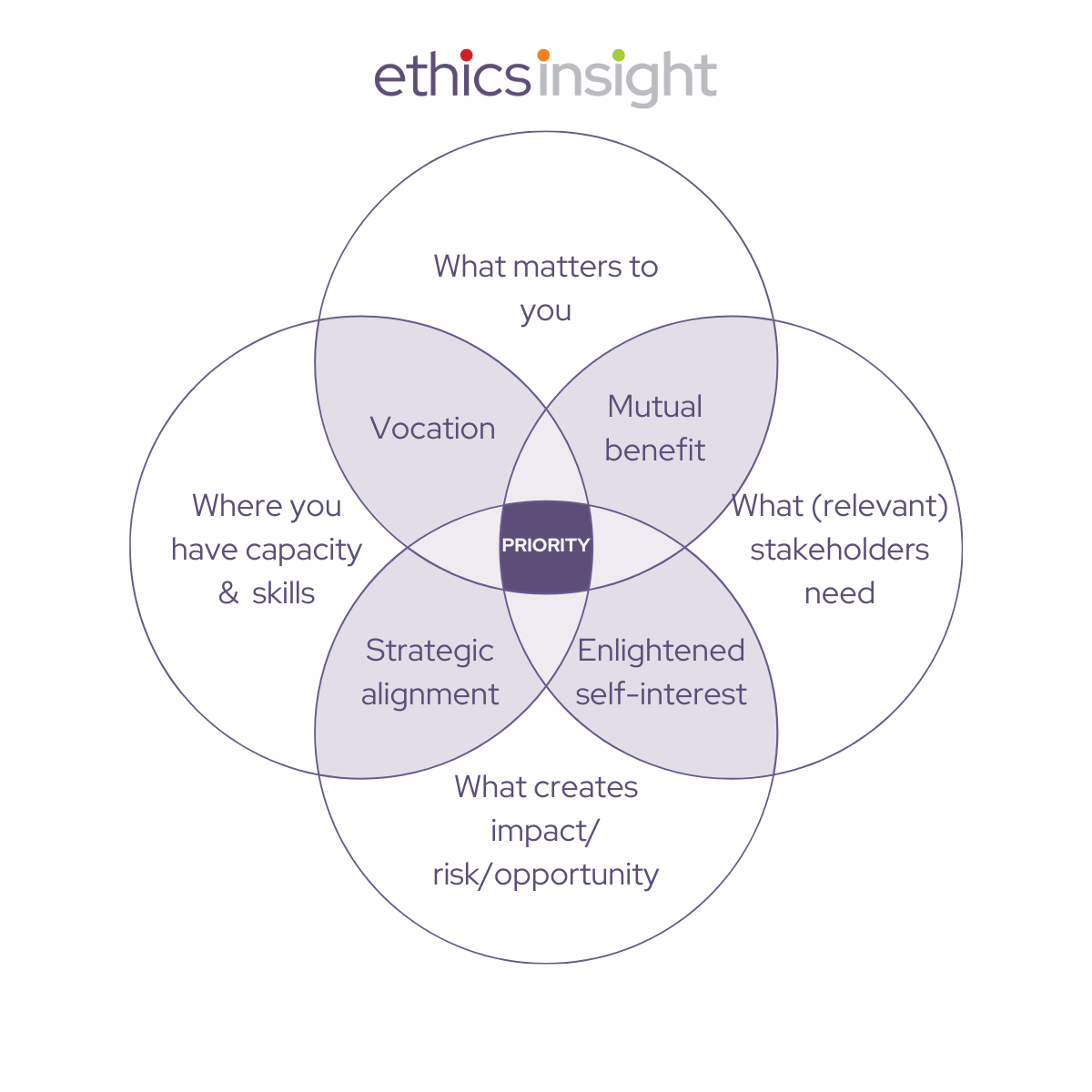Sustainably, yours
I trialled a webinar at the end of last year. It didn’t feel right. So why try again?
The last iteration focused on how we (risk professionals) can help make risk relevant to our stakeholders. While it’s essential, it’s a secondary step. First, we need to rightsize risk, and that’s a big job.
As highlighted in a recent LinkedIn post, a recent survey of UK manufacturers found that:
🚦 52% don’t have the resources to align with increased customer demands.
🚦 27% receive support from their larger customers to improve ESG.
🚦 45% of respondents said they are not aware of supplier progress.
🚦 Only 1/4 had set more robust supplier requirements on climate.

What’s happening? We all know. Mid-caps and SMEs (the majority of people I work with) are inundated with forms, including all the acronyms – ESG, HSE, GDPR, ABC, AML, EUCSDDD, etc. In the face of this overwhelm, it’s hard to be strategic and to prioritise.
Priority tends to be afforded to whoever (customer, lender, investor, regulator, etc.) is most essential or scary. In this context, we see “governance” given greater weighting – you can more readily measure board composition or the presence of a Code of Conduct. Sometimes, a primary focus on governance makes sense, but we’re talking about manufacturers in this survey. The limited environmental focus is problematic.
I trialled the graphic a while back back. It’s been updated since as my experience and thinking evolve. If it resonates and you’d like to understand how to apply it in risk terms, I created an assessment tool (designed for investors but relevant to all) to help identify the alignment (and gaps) between risk and sustainability. Click the button below to access it.
